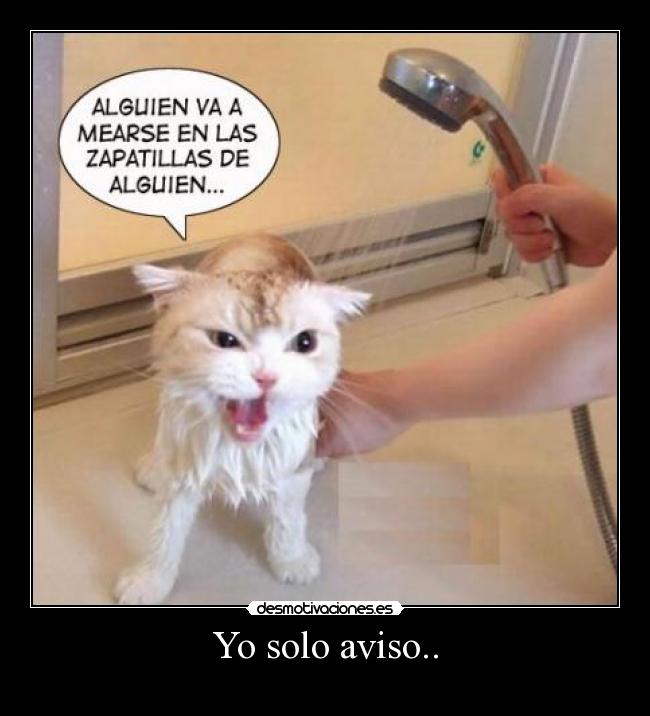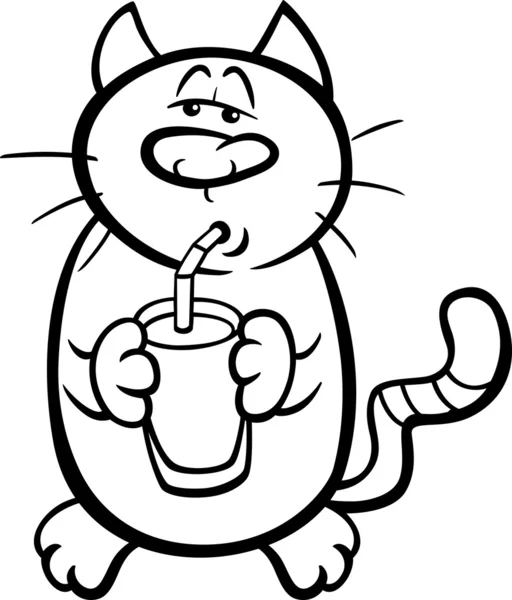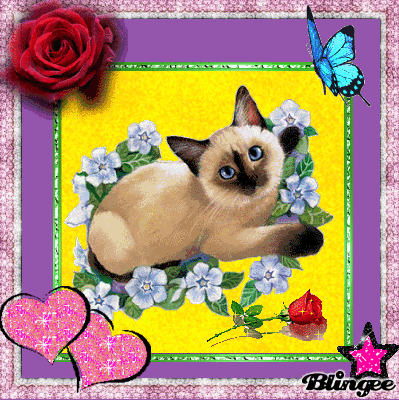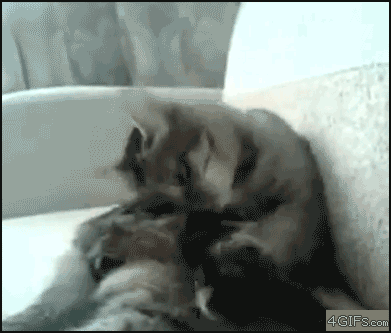How to bathe my cat at home
 We all know that cats besides being quite independent pets are very neat , her hair has no odor and preen themselves. However under certain conditions it is advisable to give them a bath to remove dirt, debris and pegostosos any residue on your skin , it is also a good opportunity to make sure your cat is healthy and in good condition . This can be done at home but keep in mind that in some recommendations we give you the keys so you know how to bathe your cat at home
We all know that cats besides being quite independent pets are very neat , her hair has no odor and preen themselves. However under certain conditions it is advisable to give them a bath to remove dirt, debris and pegostosos any residue on your skin , it is also a good opportunity to make sure your cat is healthy and in good condition . This can be done at home but keep in mind that in some recommendations we give you the keys so you know how to bathe your cat at home
Instructions
1-.If you have your cat from small veil then getting used to the water, which is not foreign to him, prepares a bowl and let him approach, which is familiar.
2-.There is a widespread misconception that cats hate water, the reality is that this depends there are cats that if and cats not, the fact is that we as owners can only make the bathroom as convenient and fast as possible to avoid excess voltage.
3-.If you're going to bathe in a bathtub using a non-slip mat so the animal will not slip. If not then use a large plastic container that is spacious and allows you to perform this task.
4.Before bathing your hair brush to remove knots and give the cat a loving calming him. It is very important that you are calm because if both are nervous an accident could occur.
5-.Please have everything you need, special shampoo for cat (never use products for dogs or humans) and a sponge to rub. Prepare warm water to a temperature that is pleasant to the animal.
6-.Put cotton in your ears so you will prevent the water to pass to his ears which can cause inflammation and subsequent complications.
7-.Never sets the cat in the tub or container, you must go slowly, take it by the neck with one hand and her body with the other and slowly slide it into the water. Let the animal go and stand firm accustoming no need to be nervous.
8-.wet the cat always starting with your body. the head it will be the last you´ll need to moisten and wash, apply the shampoo and rub gently as if massaging but also that you allow dirt out of his hair
9-.Leave the shampoo for the time indicated on the package always stroking your cat and making you feel safe. Take this time to dip his head slowly, then remove the shampoo water pouring from the back to back, make sure it is free of debris that could cause allergies later and discomfort.
10-.t's time to dry your hair with a towel but do not rub on the animal's hair so alter this sudden movement, rather press always delicately, gently and endearments for your cat feel safe. Done following these instructions you get bathe your cat easily.
11-.This article is purely informative, we have no power to prescribe any veterinary treatment or perform any diagnosis. We invite you to take your pet to the vet if present any kind of condition or malestar.Si want to read more articles like how to bathe my cat at home, we recommend you enter our category Cats

Continue >>>
 We all know that cats besides being quite independent pets are very neat , her hair has no odor and preen themselves. However under certain conditions it is advisable to give them a bath to remove dirt, debris and pegostosos any residue on your skin , it is also a good opportunity to make sure your cat is healthy and in good condition . This can be done at home but keep in mind that in some recommendations we give you the keys so you know how to bathe your cat at home
We all know that cats besides being quite independent pets are very neat , her hair has no odor and preen themselves. However under certain conditions it is advisable to give them a bath to remove dirt, debris and pegostosos any residue on your skin , it is also a good opportunity to make sure your cat is healthy and in good condition . This can be done at home but keep in mind that in some recommendations we give you the keys so you know how to bathe your cat at homeInstructions
1-.If you have your cat from small veil then getting used to the water, which is not foreign to him, prepares a bowl and let him approach, which is familiar.
2-.There is a widespread misconception that cats hate water, the reality is that this depends there are cats that if and cats not, the fact is that we as owners can only make the bathroom as convenient and fast as possible to avoid excess voltage.
3-.If you're going to bathe in a bathtub using a non-slip mat so the animal will not slip. If not then use a large plastic container that is spacious and allows you to perform this task.
4.Before bathing your hair brush to remove knots and give the cat a loving calming him. It is very important that you are calm because if both are nervous an accident could occur.
5-.Please have everything you need, special shampoo for cat (never use products for dogs or humans) and a sponge to rub. Prepare warm water to a temperature that is pleasant to the animal.
6-.Put cotton in your ears so you will prevent the water to pass to his ears which can cause inflammation and subsequent complications.
7-.Never sets the cat in the tub or container, you must go slowly, take it by the neck with one hand and her body with the other and slowly slide it into the water. Let the animal go and stand firm accustoming no need to be nervous.
8-.wet the cat always starting with your body. the head it will be the last you´ll need to moisten and wash, apply the shampoo and rub gently as if massaging but also that you allow dirt out of his hair
9-.Leave the shampoo for the time indicated on the package always stroking your cat and making you feel safe. Take this time to dip his head slowly, then remove the shampoo water pouring from the back to back, make sure it is free of debris that could cause allergies later and discomfort.
10-.t's time to dry your hair with a towel but do not rub on the animal's hair so alter this sudden movement, rather press always delicately, gently and endearments for your cat feel safe. Done following these instructions you get bathe your cat easily.
11-.This article is purely informative, we have no power to prescribe any veterinary treatment or perform any diagnosis. We invite you to take your pet to the vet if present any kind of condition or malestar.Si want to read more articles like how to bathe my cat at home, we recommend you enter our category Cats










_thumb.gif?imgmax=800)







